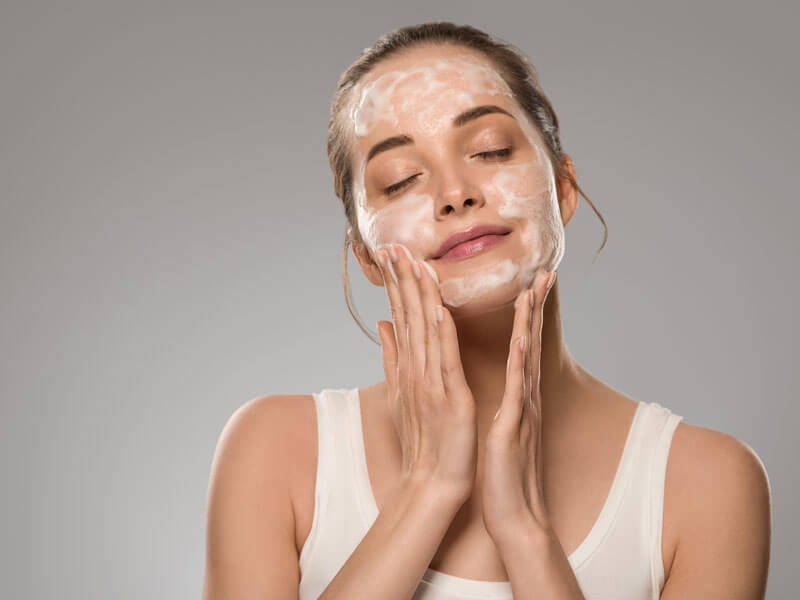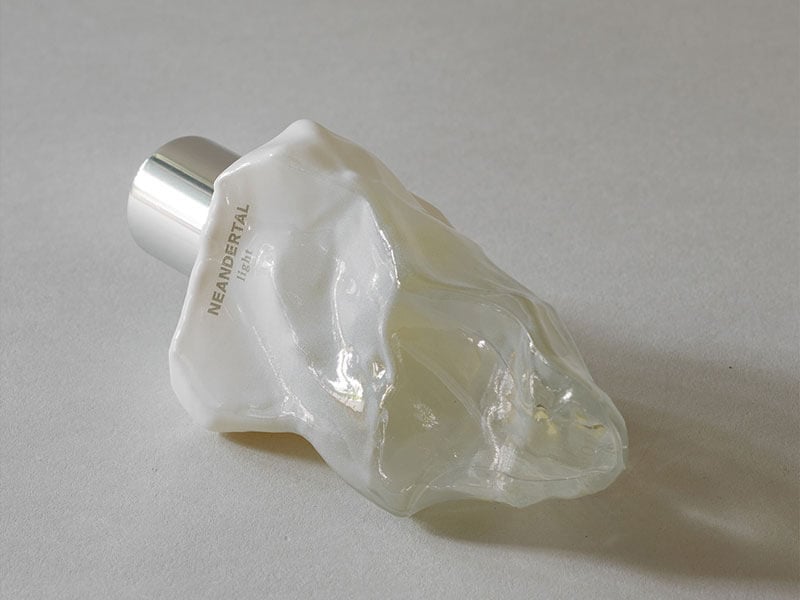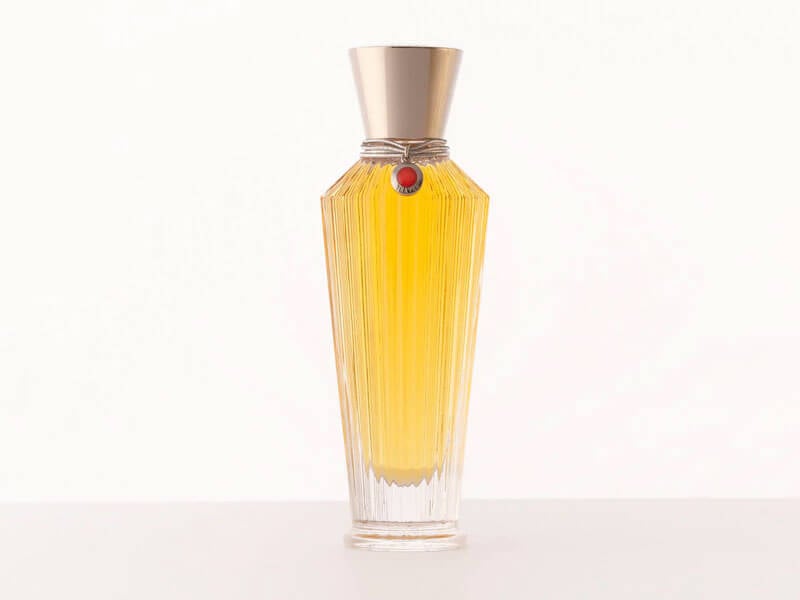To fully understand soapy fragrances we need to delve into the history of soaps. The journey of soap and its associated scents is an intricate narrative that weaves through history, culture, and chemistry. From its ancient origins, where a simple mix of ashes and olive oil sufficed for cleanliness, to the complex roles it plays today in notions of purity and superficiality, the evolution of soap encapsulates a fascinating mix of social, religious, and practical implications.
Historically, soap has held various symbolic meanings, from promoting a sense of well-being in classical times to representing purification in Christianity. In the modern context, it carries both the puritanical mantra of "cleanliness next to godliness" and the less savory implication of washing away the scents associated with moral indiscretions. These diverse interpretations underscore how soap transcends its basic function of cleaning, embodying deeper societal values and judgments.
Today, soapy fragrances continue the narrative begun by the humble bar of soap. As a subcategory of "dry" scents, they offer a solace of cleanliness amidst our germ-conscious society, serving as both an "olfactory safety bubble" and a pragmatic choice in professional settings. Historically, these scents denoted social status, suggesting the wearer had the means for daily baths with hot water, a refined palate for delicate aromas, and a preference for high-quality, several-times milled soap like Savon de Marseille, still produced using traditional air-drying techniques. The allure of these soaps is not just their functionality but their connection to luxury, perception, and even a form of reverse snobbery as captured timelessly by L'Eau Serge Lutens.
In fragrance terms, "soapy fragrances" usually denote scents reminiscent of classic soap bars such as Ivory, Lux, Camay, Pears, Dove, and even sometimes barbershop and shaving soaps. These fragrances are characterized by their alkaline smell—a balance of bitter and sweet—floral undertones, and an unmistakable man-made essence. The term "man-made" could suggest artificiality, a potential drawback in a field where many enthusiasts prefer natural over synthetic ingredients. However, by their very nature, soapy fragrances rely on creative laboratory compositions to achieve their distinctive bouquet.
The pivotal moment in the history of soapy fragrances came with the creation of historical Chanel No.5. When Coco Chanel asked Ernest Beaux for a perfume that "smells like a woman and not a rose bed," he presented her with a formula rich in citric-soapy aldehydes, which not only marked a revolutionary turn in perfumery but also influenced subsequent soap formulations to incorporate similar aldehydic profiles. These aldehydes, first synthesized in the late 19th century, gained popularity largely due to their clean, honeyed vibe, which was then adopted by many soap manufacturers to elevate their products' sophistication.
Although aldehydes are significant in soapy fragrances, their presence does not universally translate to a soap-like aroma. Fragrances such as Piguet’s Baghari, Madame Rochas, and Rive Gauche might include aldehydic notes that hint at soapiness, but they do not overtly mimic the scent of soap. On the other hand, fragrances like Sicily by Dolce & Gabbana, despite being aldehydic, are distinctly soapy, demonstrating the perfumer's skill in tilting the aromatic balance. In addition to the named items which are pretty old-school, you can encounter the play of soapy and aldehydic notes in Terre Aromatique by Nout, Naviglio by Milano Fragranze, Bubble Bath and Lazy Sunday Morning by Maison Martin Margiela, and in Exit the King by Etat Libre d’Orange.
The role of traditional florals like rose, jasmine, iris, and lily of the valley in creating soapy scents cannot be overstated. These elements are often blended to impart a fresh, clean sensation reminiscent of classic soaps. The surprising fact is while some perfumes offer a soapy take on rose, some others like Creed's Original Vetiver do the same with vetiver root. This use of florals highlights their versatility in evoking cleanliness through scent.
Moreover, synthetic ingredients play a crucial role in the identity of modern soapy fragrances. Dove soap, for example, utilizes synthetic irones to create a smooth, almost perfume-like scent, posing the question of why more fine fragrances do not explore these aromas given their widespread appeal. Other fragrances depend on synthetic musks paired with minimal floral notes to convey the popular "just out of the shower" freshness, a trend popularized by the release of Glow by Jennifer Lopez in 2000, and followed by hundreds like Messy Sexy Just Out Of Bed by What We Do Is Secret or Lazy Sunday Morning by Maison Martin Margiela.
As the exploration of soapy fragrances continues, products like Maitre Parfumeur et Gantier’s Eau de Gantier illustrate the ongoing appeal of clean, musky-floral scents that are versatile and suitable for use throughout the year. These fragrances have become staples for those seeking a subtle yet distinct olfactory signature that evokes cleanliness and freshness.
Lastly, the differentiation between bar soap and laundry detergent-inspired fragrances highlights a broader range within the soapy scent category. Some perfumes intentionally or inadvertently lean towards a detergent-like aroma due to budget constraints or conceptual design, while others strive to maintain a delicate balance that respects the essence of traditional soap. This spectrum from bar soap to detergent underscores the diverse approaches to creating scents that capture the essence of cleanliness in modern perfumery.





